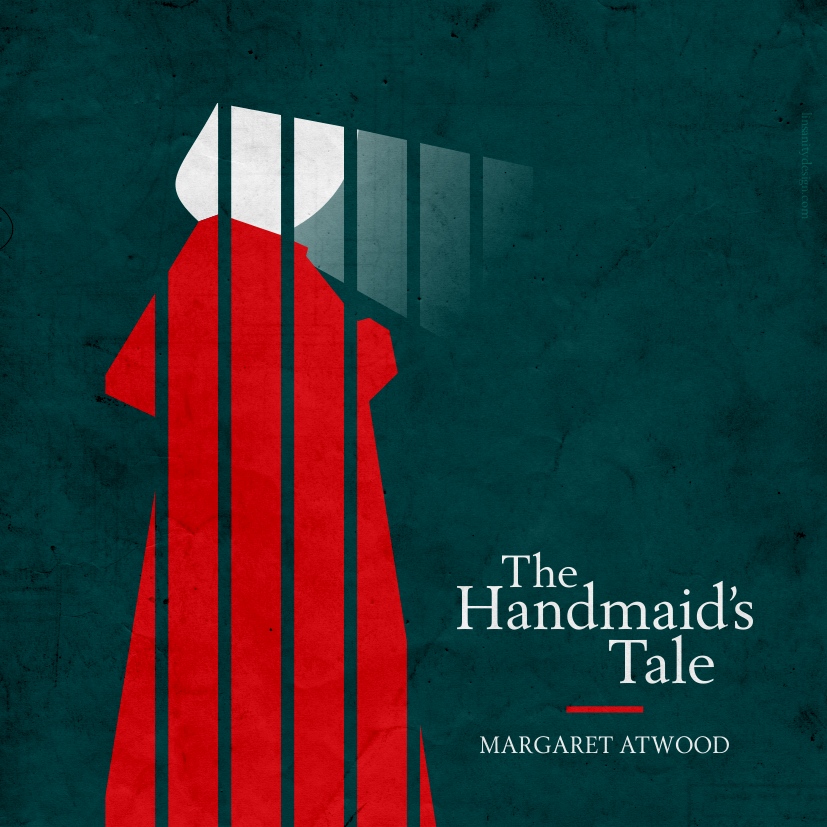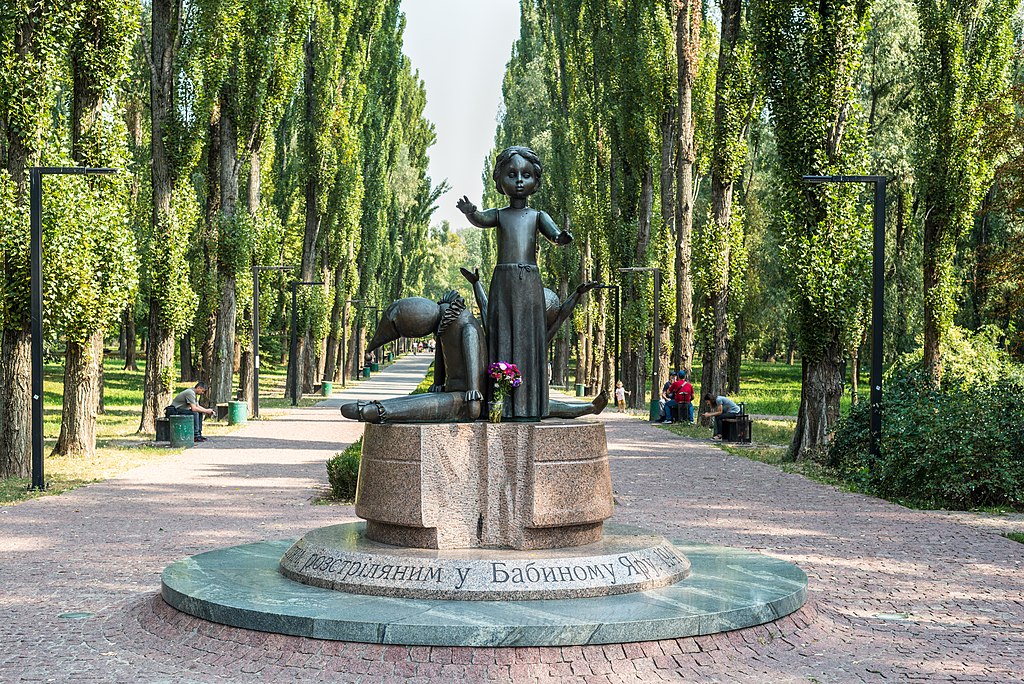Reading and watching the coverage of last Wednesday’s education protest reminded me of something that can be depressing for a journalist: modern news journalism is a weird and skew-eyed way of describing the world.
By common consent only a small minority of marchers took part in the violence at Millbank tower; indeed in the predictable language of some papers they “hijacked” the event. Yet their rowdiness and violence was the story. The coverage was not about the experience of the tens of thousands, but about what a couple of hundred did. It was about the most dramatic, extreme events and nothing else.
Those are the rules of journalism, of course. Prince Charles once drew attention to the strangeness of it: there’s a frenzy when a plane crashes, but nobody reports the 999,999 planes that land safely. How could it be otherwise? When a dog bites a man, after all, it’s just not worth telling people.
For years I have been teaching journalism students two things which often sit together uncomfortably: that journalism is mostly about news — men biting dogs and planes that crash — and that it is about describing the world as it is, about bearing witness to truth. But how true was the march coverage when it concentrated on the activities of the minority?
This isn’t merely abstract. I recall a story from the early days of the troubles in Northern Ireland. An executive at Ulster Television answered a phone in the newsroom one day to hear a voice say: “Where are the cameras? We’re ready for the riot.”
“Huh?’ said the baffled executive. And the voice said: “We’re all here. We’ll start throwing stones as soon as the cameras arrive.”
The TV man gathered his thoughts and said: “I’m sorry but that’s not the way it works. We won’t be sending any cameras. Goodbye.”
If your rule is that you must report the most dramatic, if the competitive imperative is to accentuate the lurid and extreme, then you are vulnerable to manipulation, to the staged riot or the media event, and your news agenda soon ceases to have much to do with reality.
The student who breaks away from the march and kicks the window pane will always have the headlines because he wants to, whether he is an extremist or just unusually upset about education cuts. With the help of journalists, he can fabricate a distinct reality.
Journalism seems to be trapped. It can’t start dealing in peaceful marchers and ignoring stone-throwers. It can’t report the planes that land safely because you wouldn’t read, watch, listen to or buy that, and neither would I. So it is stuck out there thumbing a lift from the hijacker.
I liked Michael White’s piece about the march, and I liked the way the Guardian put it on the front — though like all the other papers they led the page on the trouble. White seemed to escape the trap; he wrote about what the many did more than about the few, and he produced something that resembled what I guess most marchers experienced.
Elsewhere, few papers that I saw made much of an effort to reflect the many. And of course if there had been no trouble the coverage would have been so different: it would have been much shorter and less prominent, and almost certainly bland and snide — “students find excuse to skip lectures” and so on. And it would have been illustrated with pictures of pretty young women with placards.
So if you are a student or lecturer, or anyone else with something to complain about (which must be a lot of people these days), what do you do?
Evil triumphs when the good stay silent, they say, so that is not an option. So take your pick: act responsibly and be ignored or patronised, or be “hijacked” and so condemned or travestied. Either way, unless you are very lucky, nobody will pay much attention to your real message, because the news rules don’t seem to allow it.
Brian Cathcart teaches journalism at Kingston University London. He tweets at @BrianCathcart




